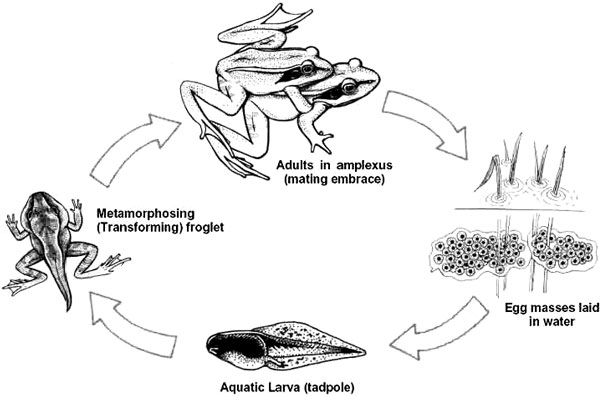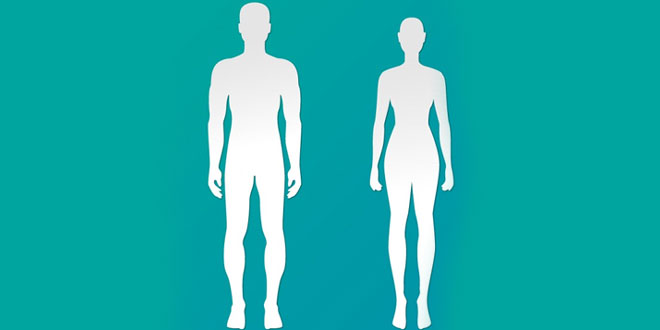Question: What is puberty? What is it caused by? What changes occur in boys and girls during puberty?
Answer: The onset of sexual maturity occurs in boys at the age of 11-16 years, and in girls at the age of 10-15 years. This is known as puberty. In boys, puberty is marked by the voice becoming deeper, growth of hair on the face and body, development of muscles and production of sperms by the testes. In girls, breasts become bigger and hips get more rounded. These changes are caused by hormones that are different in girls and boys.
Question: Discuss how a zygote develops into an individual in humans.
Answer: After fertilization, the zygote travels down the oviduct and divides over and over again, to form a ball of cells. This is known as cell division. The cells then begin to form different tissues and organs of the body. This developing structure is called the embryo. Embryo gets embedded in the wall of the uterus for nutrition and protection. During the development, the different groups of cells change their size and shape, and turn into the different body parts such as head, hands, legs, etc. This is called cell differentiation or cell maturation. The stage at which all the body parts of the embryo could be recognized is called, the foetus. The foetus keeps developing further. When all body parts assume the right size and forms, the development is complete and the individual is born.
Question: Explain the life cycle of a frog, with the help of a labelled diagram.
Answer: A frog has different stages of development between hatching of the eggs and formation of the individual. A frog passes through three stages during its development from an egg to an adult frog:
Egg → Tadpole (larva) → adult frog
The tadpole that hatches out of the egg looks very different from an adult frog. It undergoes changes to finally become a frog. The life cycle of a frog diagram:

Question: Can the process of a child changing into an adult be called metamorphosis?
Answer: No, the process of a child changing into an adult cannot be called metamorphosis because the basic body structure does not change.
Question: Frogs and fishes lay hundreds of eggs at a time. However, their population is very little as compared to the number of eggs they lay. Why?
Answer: Most of the eggs, tadpoles and young frogs get eaten by predators. That is why their population is much smaller than the number of eggs they lay.
Question: Why do you think it is necessary for frogs and fishes to lay so many eggs?
Answer: Frogs and fishes lay hundreds of eggs for the survival of their species. This is because their fertilization is external and a large number of the eggs that hatch in the open get eaten by predators.
 Class Notes NCERT Solutions for CBSE Students
Class Notes NCERT Solutions for CBSE Students



Very nice website!
Best website for NCERT Notes.